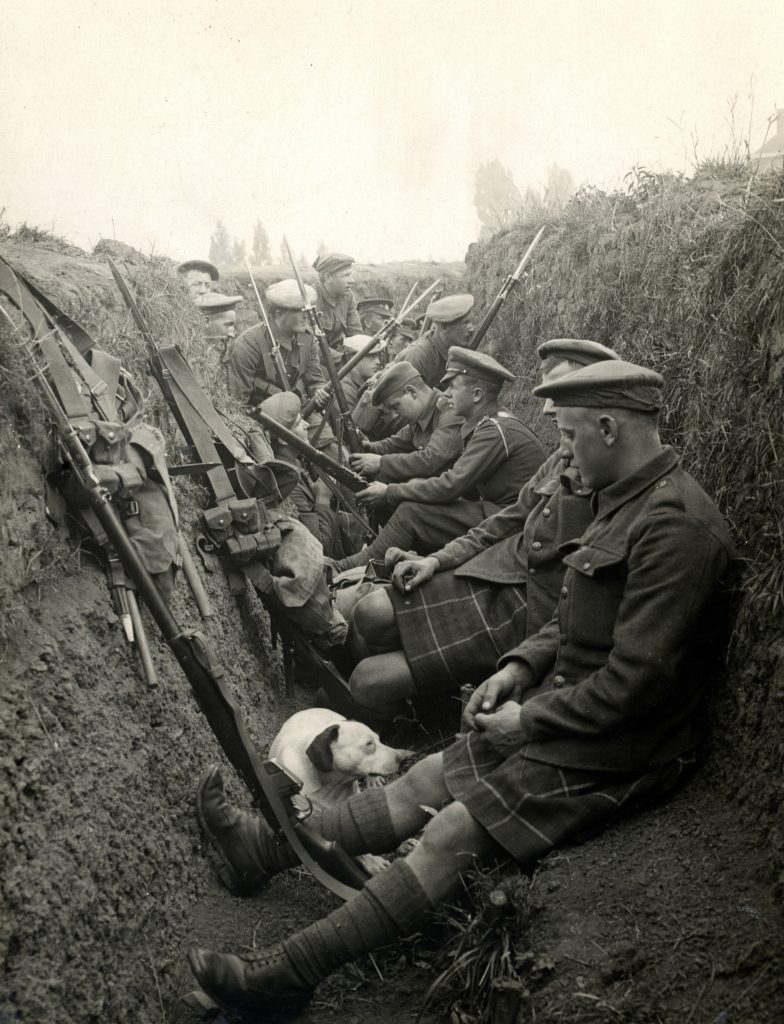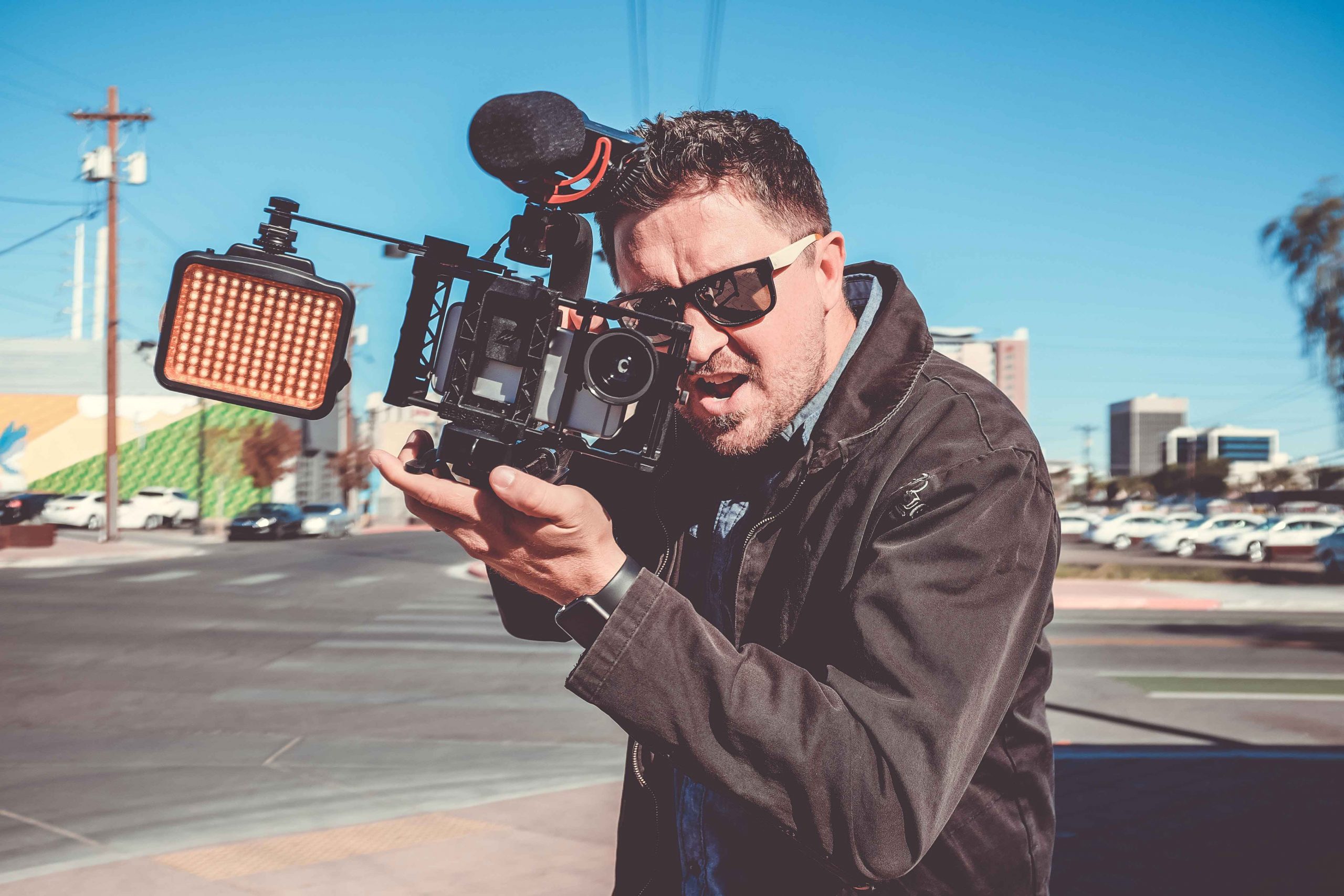There is a subset of unsung heroes who conduct interviews and gather information and news for publications. These brave souls are known as stringers in the world of journalism. Stringer journalism has existed since the very beginning of reporting. What’re the differences between stringers and regular reporters? Quite a bit, actually, which we’ll cover below.

Who is a Stringer?
A stringer is essentially a one-person reporting team who handles all aspects of the job from interviewing sources to taking photos and video on-site. Stringers freelance.
In many cases, the very first job that a newspaper or television reporter will have out in the field is as a stringer. Stringers are akin to the 101st Airborne of Journalism: “They’re scared to go, but they go anyway.” They take on assignments that regular reporters wouldn’t touch with a ten-foot pole.
Instead of being paid a salary from the publication as a reporter, stringers negotiate their prices with multiple publications for the same story and photos. Have you ever seen a video of an incident that showed up on different news outlets from the same source? Chances are fairly good that the source was a freelance stringer.
Stringer Journalism History

As mentioned, Stringers have existed since the dawn of print media. The most famous examples of stringers in history are war correspondents. They reported on conflicts such as the Spanish-American War, World War I, World War II, and Vietnam. These stringers provided on-the-ground coverage. Further, they often painted a very different picture than the “regular” media did.
Being so close to the fighting, many reporters and freelance photographers have lost their lives in the name of stringer journalism. This has especially been true of correspondents in countries such as Vietnam, Iraq, and Afghanistan. There are usually three sides to every conflict: both sides of the war and the reality on the ground. That raw truth is what stringers seek to report.
Stringers were also employed to investigate domestic scandals. This has been the case in the latter half of the 20th century from the assassination of President Kennedy in Dallas to the recent impeachment trials of Trump.
Stringer Journalism Processes & Good Practices
Establishing good stringer practices is vital to the livelihood in the industry. Stringers go through a stringent process to gather credible information in their reporting. This process involves gathering quality sources and trying to get all sides of an issue. Many times, sources are anonymous to protect their jobs or themselves from possible harm or retaliation. Additionally, protecting the anonymity of these sources is part of the job. Doing so not only protects the sources but also establishes trust between source and reporter.

Once the stringer gathers the information, then they can assemble it into a story or a series of notes if someone else is writing the story. The stringer will sell the story and any associated media (pictures, videos, etc.) to a publication or a series of publications to get the best price. Stringers are not bound to just one publication as they are considered independent contractors and can sell the same story to multiple news outlets.
How To Become A Stringer
To become a stringer, one must establish a solid reputation with impeccable credentials. Building a network of reliable sources and delivering stories based on truth is the best way to develop good word-of-mouth.
That reputation is what will open doors for the stringer for bigger stories and opportunities in the journalism world. Always double-check sources and information to make sure that the information is factual and credible and can withstand fact-checking from the outside. Sometimes, the road to the truth within a story will lead a stringer down some pretty dark pathways. The stringer can’t be put off by traversing these paths and must stay vigilant in their pursuit of the truth.
Stringer Journalist Salary
The work of a stringer sounds exciting and dangerous so far, but how much do they make? This can vary quite a bit depending on location and what type of journalistic work that the stringer is doing. For instance, a stringer working in Los Angeles stands to make quite a bit more than a stringer in Waterloo, Iowa.

Another thing to keep in mind is that sometimes stringers are not just paid per story. Some publications will employ stringers on retainer (standby) every month. They will pay for their transportation (airfare, gas, mileage, etc.) while working. This extra pay could also filter down to tools of the trade (laptops, miscellaneous items, etc.) and any other related expenditures such as hotel rooms.
Such extra compensation usually comes with working with large publications such as The New York Times or USA Today. The advantage that stringers have is that as 1099 contractors, they can itemize all out-of-pocket expenses not covered by their employer and can deduct these from their taxable income.
Launch a Career in Journalism by Becoming a Stringer
The world of news stringers is a fascinating and exciting one. A stringer can be a lone voice of truth in a world of cacophony and misinformation. Freelance journalists can use the experience to vault themselves into employment in the field. There are inherent risks to this venture. Assignments can take one to dangerous places around the world with the possibility of stirring up a hornet’s nest. But ultimately, being a stringer can be one of the best ways to get into the world of journalism.

